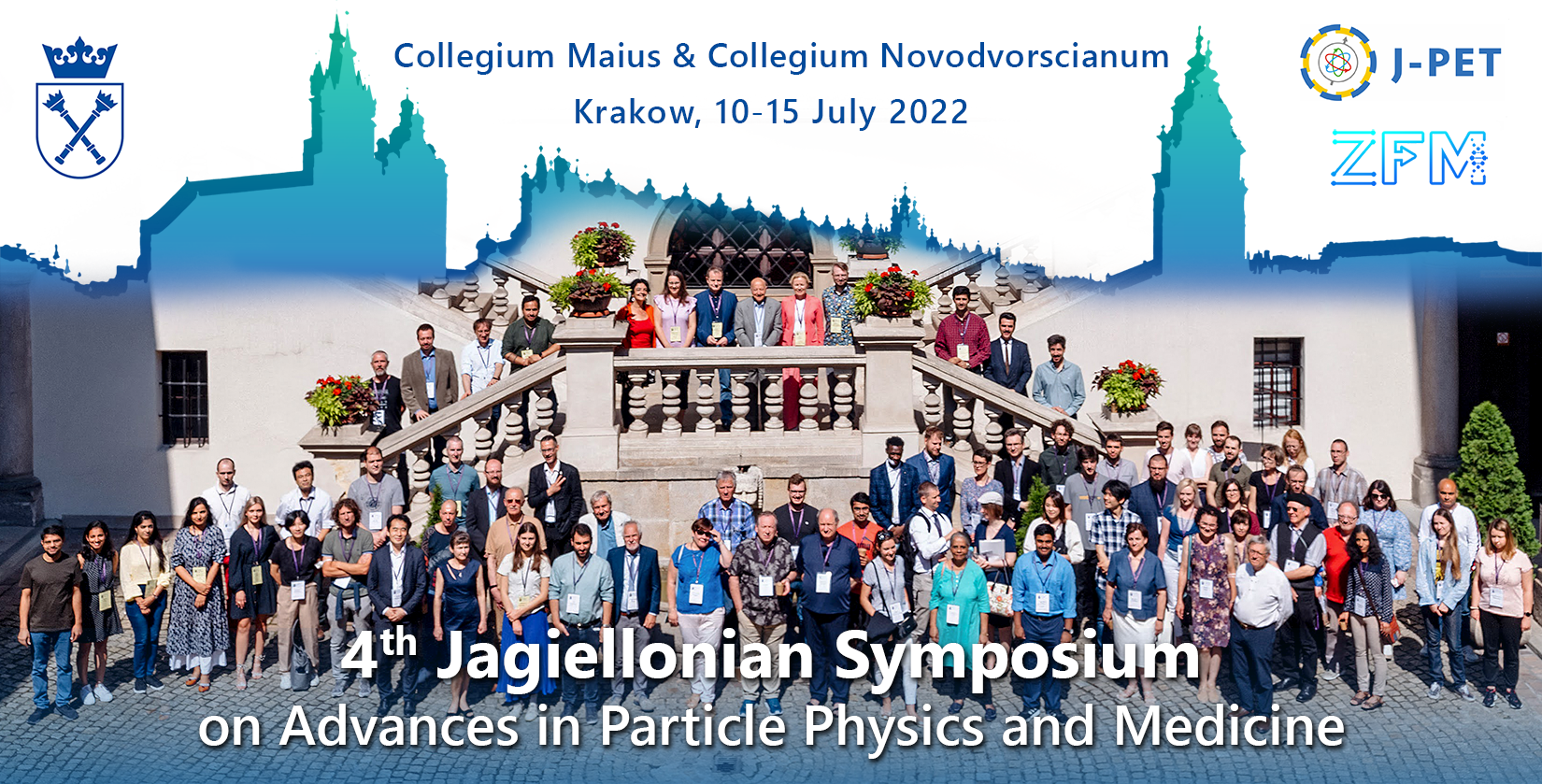Speaker
Description
Positron Annihilation Spectroscopy (PAS) has numerous applications in material science such as studies of structural defects, free volumes, porous materials, and their chemical environments. In recent years, the applications of this technique in chemical processes, radiobiology, and medicine have been the subject of research by many researchers [1, 2]. PAS includes Coincidence Doppler Broadening Spectroscopy (CDBS) of annihilation radiation to determine the momentum of the electrons involved in the annihilation process and Positron Annihilation Lifetime Spectroscopy (PALS) for the investigation of the mechanism behind the positronium annihilation in the sample. In this paper, the possible application of the PALS technique for the characterization of healthy and cancer tissues is evaluated. The purpose of the experimental part of this work is to investigate the sensitivity of the PALS technique to the oxygen concentration in tissue-equivalent samples.
The accepted hypothesis for this research is that the concentration of oxygen in cancer tissues is less than in healthy tissues due to the massive cell proliferation [3]. To conduct the experiments, the PALS spectrometer based on digital signal processing has been designed, commissioned, and optimized in the NSTRI positron lab. This spectrometer makes it possible to record the time difference of events with a channel width of 10 ps and the timing resolution of 173 ps using the plastic scintillation detectors. To determine the sensitivity of the technique to the presence of the polar groups including carbon-oxygen bounding, 4 polymer samples were measured using PALS and CDBS techniques, and the correlation between the parameters was clarified. The results of this investigation confirmed that the position and height of the peak in the Orbital Electron Momentum Spectrum (OEMS) obtained in the Doppler experiment and the component of the positronium lifetime in the PALS technique are both sensitive to the presence of oxygen in the content [4]. To determine the PALS parameters related to the amount of oxygen, 6 tissue-equivalent polymers with different concentrations of oxygen were selected. The positron lifetime spectra in these samples were measured using the developed digital PALS spectrometer and the results were analyzed using LT-10 software. The results of this experiment confirmed that in general, as the oxygen concentration in the sample increases, due to the quenching role of oxygen atoms in the formation of the positronium atoms, the I_3 and τ_3 parameters decrease significantly. However, in the samples with a difference of about 4% in the oxygen concentration, the behavior analysis of the positronium lifetime and its intensity requires a systematic study of the effect of density, porosity, crystallinity, and the bond type in the polymer samples. The results of this work apply to the development of a tumor imaging system based on the PALS technique.
References
[1] Moskal, Paweł, and Ewa Stępień. "Positronium as a biomarker of hypoxia." Bio-Algorithms and Med-Systems (2021).
[2] Stepanov, P. S., et al. "Interaction of positronium with dissolved oxygen in liquids." Physical Chemistry Chemical Physics 22.9 (2020): 5123-5131.
[3] Brahimi-Horn, M. Christiane, Johanna Chiche, and Jacques Pouysségur. "Hypoxia and cancer." Journal of molecular medicine 85.12 (2007): 1301-1307.
[4] Zare, Mahshid, et al. "Experimental investigation of the oxygen sensing ability of positron annihilation spectroscopy for tumor imaging." Radiation Physics and Engineering (2022).

